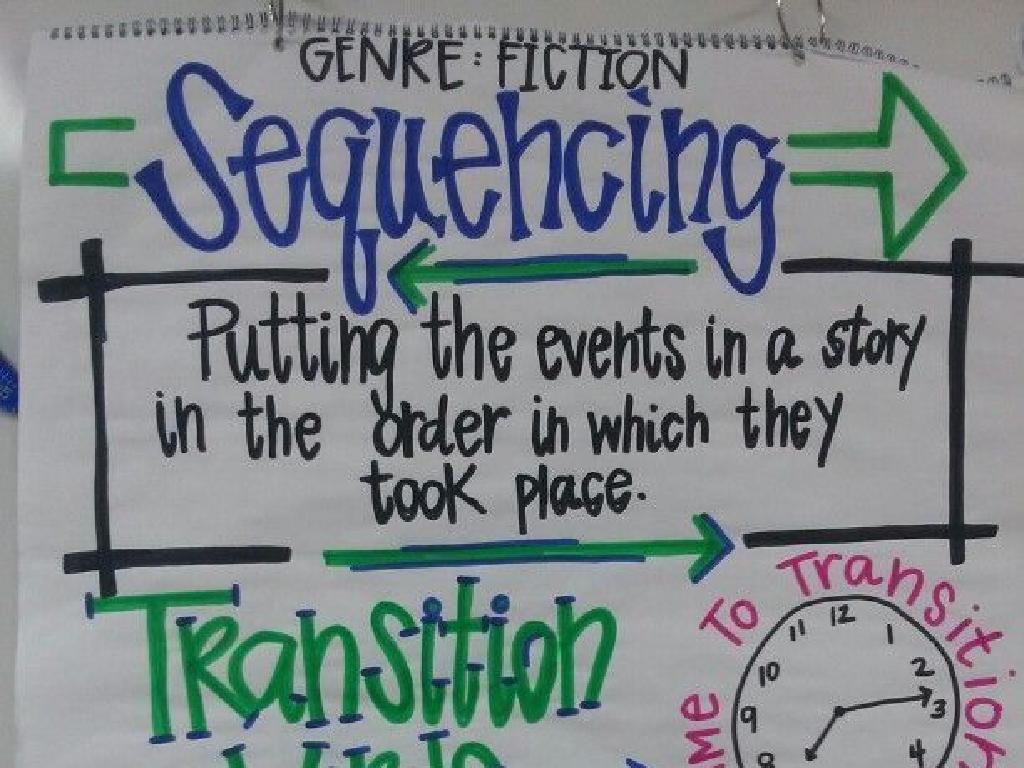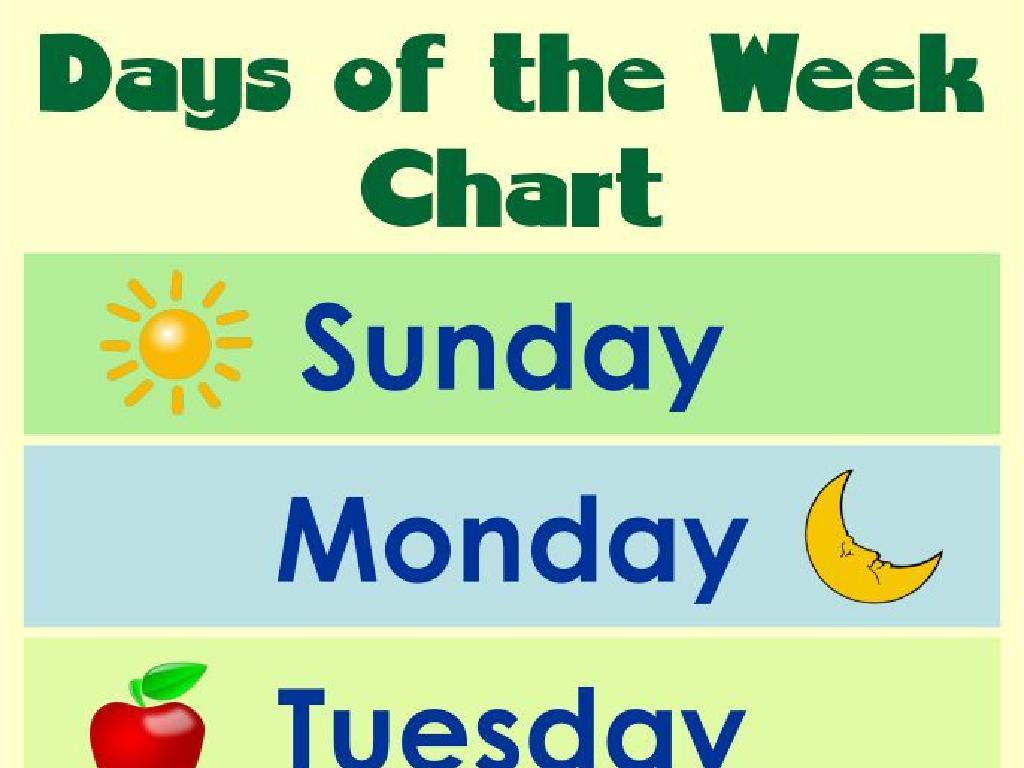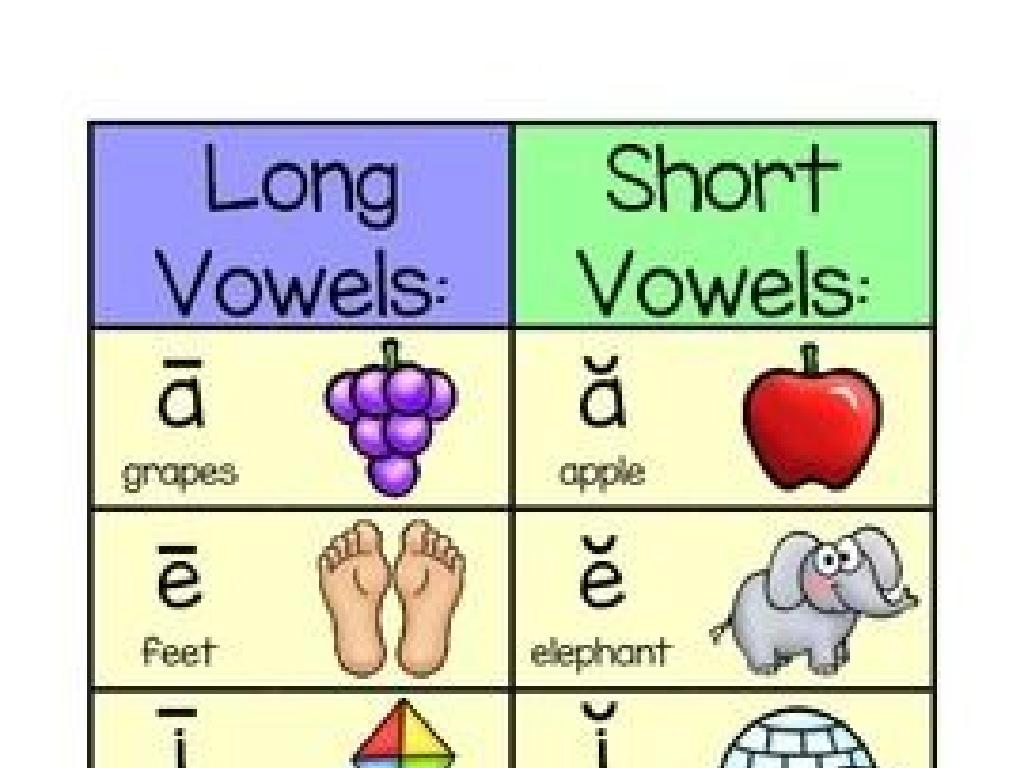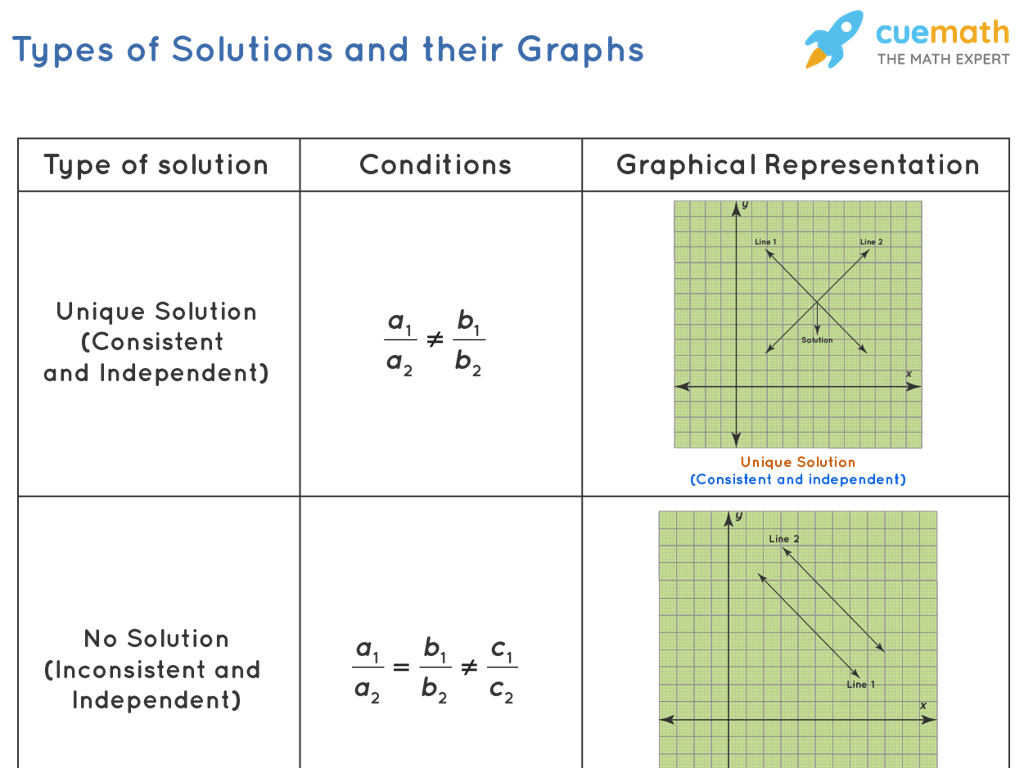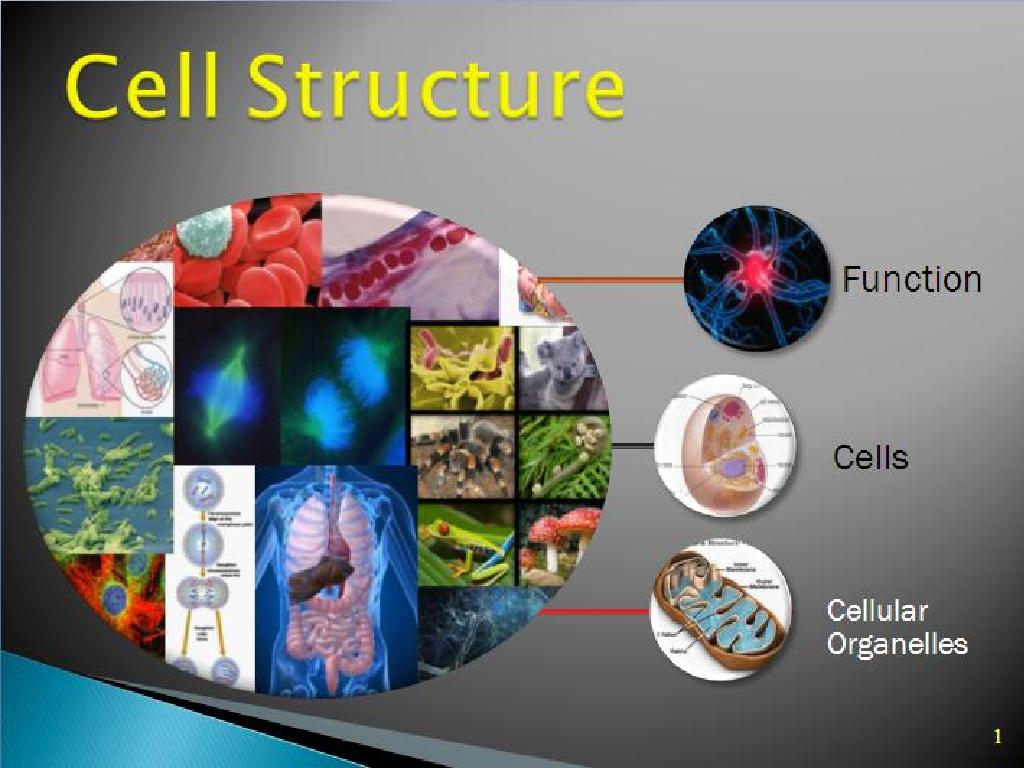Left, Middle, And Right
Subject: Math
Grade: Kindergarten
Topic: Positions
Summary: Discover the fun of understanding positions with the kindergarten classroom! This engaging lesson introduces the concepts of left, middle, and right through relatable examples like pointing to objects and body parts. Students will participate in interactive activities such as position scavenger hunts and picture discussions, helping them recognize spatial relationships in their environment. With hands-on practice and playful exercises, young learners will confidently describe the location of objects around them, building essential early geometry skills aligned with curriculum standards.
Please LOG IN to download the presentation. Access is available to registered users only.
View More Content
Welcome to Positions: Left, Middle, and Right
– Good morning, Kindergarten class!
– Today’s lesson: Left, Middle, Right
– We’ll explore these positions with fun examples
– Positions tell us where things are
– Like ‘Your left hand’ or ‘The middle of a sandwich’
– Fun activities to learn positions
|
This slide is designed to introduce Kindergarten students to the concept of positions, specifically left, middle, and right. Start the class with a cheerful greeting to set a positive tone. Explain that understanding positions helps us describe the location of objects and people around us. Use tangible examples like their own left hand or the middle of a sandwich to make the concept relatable. Plan a series of fun, interactive activities where students can practice identifying left, middle, and right positions, such as Simon Says, arranging objects on a table, or even a song that incorporates movements to the left, middle, and right. The goal is to make the learning process enjoyable and memorable.
Learning About Left
– Left is where your heart is
– Your heart is on the left side of your body
– Raise your left hand
– When you lift your left hand, it’s the same side as your heart
– Point to the left side
– Let’s all try pointing to the left side of our classroom together!
– Practice finding left
|
This slide introduces the concept of ‘left’ to Kindergarten students. Begin by explaining that the left side is where their heart is located, which is a simple and relatable way for them to remember. Have the students practice by raising their left hand to reinforce the concept. Then, engage the class in a fun activity by asking them to point to various objects or areas in the classroom that are on the left side. This kinesthetic approach helps solidify their understanding of ‘left’ through physical movement and visual examples. Encourage them to practice finding ‘left’ in different contexts, such as at home or on the playground.
Understanding Middle Position
– Middle: center point between sides
– It’s like being halfway on a line!
– Standing between two friends
– You’re the filling of a friend sandwich!
– Find middle items in class
– Desks, rugs, or the clock can be in the middle.
– Middle in everyday life
|
This slide introduces the concept of ‘middle’ to Kindergarten students. Begin by explaining that ‘middle’ means the center or halfway point between two sides, using simple language and relatable examples. Encourage the children to think of themselves standing between two friends to visualize the concept. Then, engage the class in an interactive activity where they identify objects in the classroom that are positioned in the middle. This could include items like a desk that is between two other desks or a clock on the wall equidistant from the corners. The goal is to help students recognize ‘middle’ in various contexts and understand its relevance to their everyday lives. The teacher should prepare to facilitate the activity by guiding the students and ensuring each child has a chance to participate.
Understanding Right Direction
– Right is not the left side
– Right-hand use for right-handed
– If you write with your right hand, that’s your right side
– Point to the right side
– Let’s all try pointing to the right side together
– Practice recognizing ‘right’
|
This slide introduces the concept of ‘right’ as a direction. Start by explaining that ‘right’ is the opposite of ‘left.’ For children who are right-handed, mention that the hand they usually write with is their right hand, which can help them remember the direction. Engage the class in a fun activity by asking them to point to the right side of the room. Observe their responses to ensure they understand. Reinforce the concept by practicing with different objects or directions in the classroom. You can also use stickers or hand stamps on the right hand as a fun reminder.
Let’s Practice Positions: Left, Middle, Right
– Observe pictures together
– Determine the position of objects
– Is it left, middle, or right?
– For example, where is the red ball in the picture?
– Get ready for a fun learning game!
|
This slide is designed to be interactive and engaging for the students. As you show them pictures, ask them to identify the position of various objects. Encourage them to speak up about what they see and to use their hands to point to the left, middle, or right. This activity will help them understand spatial concepts in a playful manner. Be prepared with a set of images where the position of the object is clear and distinct. Praise their efforts and correct gently if they make mistakes. You can make this more fun by turning it into a game where correct answers get a round of applause or a sticker.
Position Scavenger Hunt Activity
– Let’s start our scavenger hunt
– Find objects on the left, middle, right
– Use words ‘left’, ‘middle’, ‘right’
– Describe where you found items
– For example, ‘I found a pencil on the right side of my desk!’
|
This activity is designed to help Kindergarten students understand and practice using the positional words ‘left’, ‘middle’, and ‘right’. Set up the classroom with various objects placed in different positions. Guide the students to search for these objects and use the correct positional words to describe their locations. Encourage them to articulate sentences like ‘The teddy bear is on the left side of the shelf’ or ‘The book is in the middle of the table’. This will reinforce their understanding of these concepts through a fun and interactive game. Possible variations of the activity could include finding objects of specific colors or shapes in the designated positions, or even having students place objects in the correct positions themselves.

